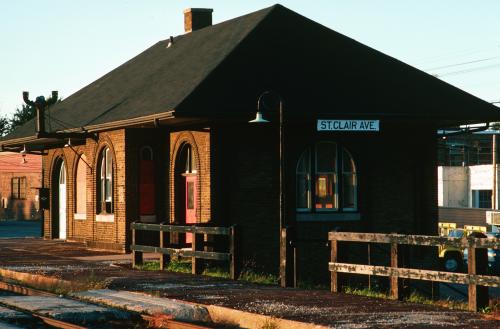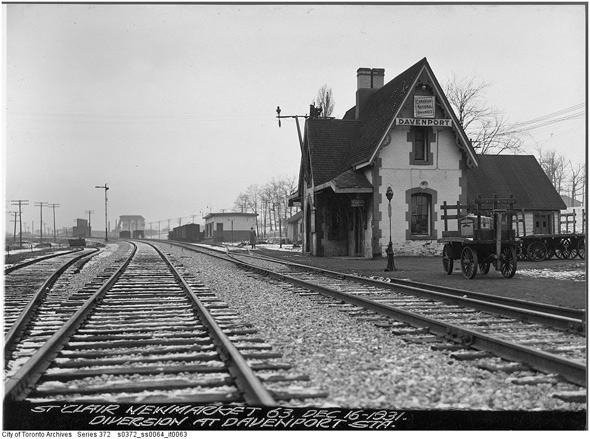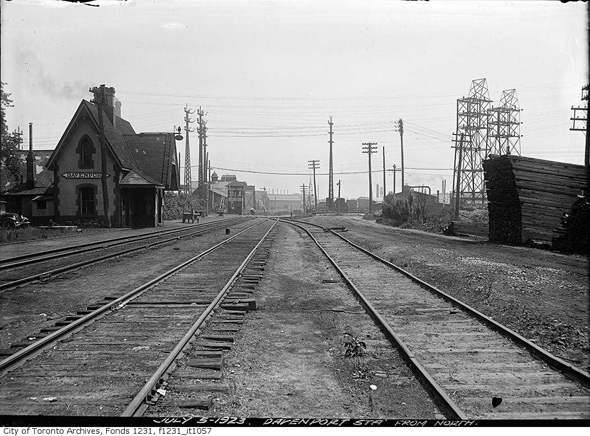The public information meeting this evening on this project was lively.
On a high level, the local community is just plain opposed to the elevated option. There were lots of detailed questions - the details of which don't matter, since the responses weren't very good, and just fuelled the residents' dissent. While the more technical speakers did a good job, the overall impression left was that Metrolinx is heavily siloed. Speakers couldn't answer some quite reasonable questions because it was someone else's job.
The one interesting technical revelation was the noise study. It found that the current diamond is as noisy as the elevated trains will be. Close to the diamond, the elevated option actually decreases sound from the present. Further away, the proposed sound walls aren't as effective, however. Bottom line - sound levels will increase with the more frequent diesels, but reduce when electrification happens - which won't be for another ten years.
The new design tweaks, while artsy-creative, did little to hide the bridge, and have some serious defects (such as being highly reflective). The new 360 degree views confirm pretty clearly that the neighbouring streets, especially the new condo's, will be adversely affected (which raises the question, how did a developer get to build next to a rail line? They are very new buildings. And did the buyers really believe the current trains would vanish? Can't blame ML for much of that.)
The residents, who are pretty sophisticated, did pull a few NIMBYesque cheap shots. No one seemed to appreciate that a two-track non-elevated 2WAD line would be pretty messy, too. But more often they raised legitimate holes that ML had missed.
My take away - this thing is intrusive, and might take a gritty neighbourhood that has been improving, and make it a lousy place to live all over again. We haven't made that tradeoff in Toronto, ever. It's not a stretch to look on this as a transit replay of the 1970 Spadina debate.
What's needed is for the Province and the Mayor to make a decision to either do this thing and face the residents' anger, or kill it - but I fear there isn't enough courage for that. The local MPP skated when asked if she would recommend stopping the elevated option. Councillor Bilao was emphatic that she would continue to oppose it. I suspect Metrolinx will go back and try to tinker with the design, which at this point is a bit like trying to polish a cannonball. Around and around we go.
- Paul











